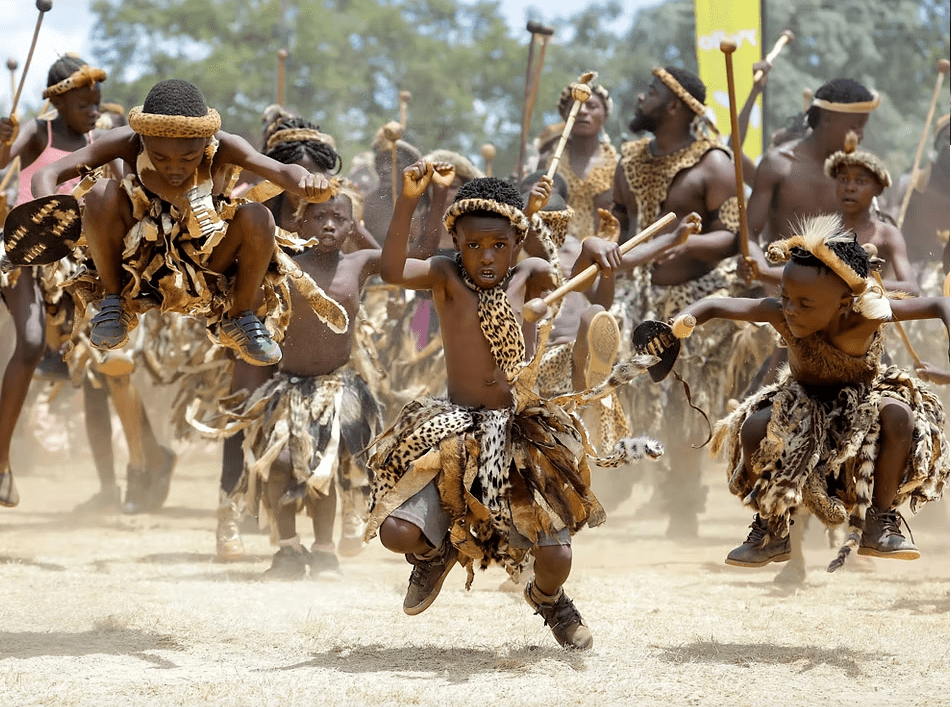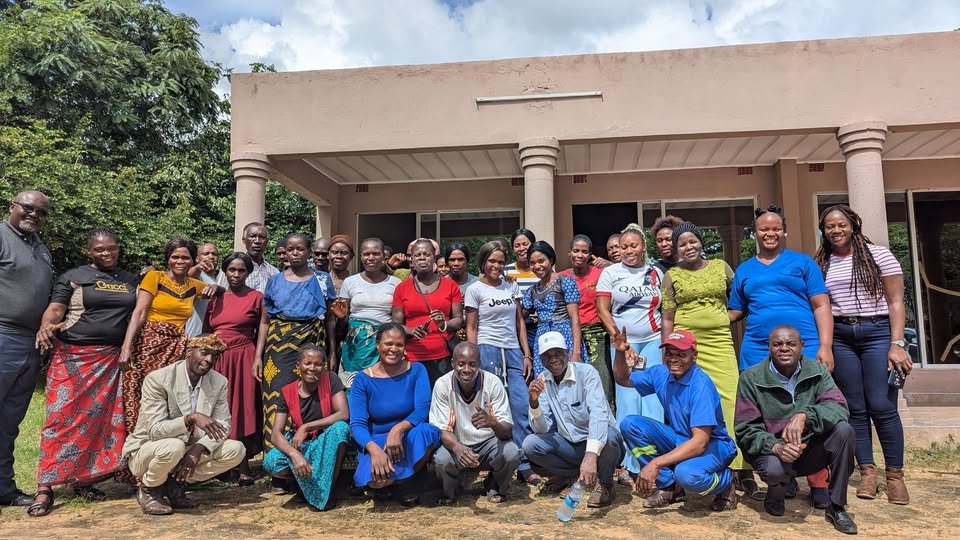
Using Zambia’s traditional ceremonies for advocacy
Zambia’s traditional ceremonies are among the most well-known expressions of the nation’s cultural identity. Rooted in generations of practice and meaning, these gatherings are renowned spectacles of music, dance, and regalia, while also serving as living systems of governance, spirituality, and community. In an era marked by climate change, inequality, limited access to healthcare, and the decline of local food systems, these same ceremonies are increasingly being recognised as powerful platforms for advocacy and sustainable development.
The question is no longer whether traditional ceremonies can serve this function, but how best we can leverage them to promote inclusive, community-driven messages that resonate far beyond policy briefs and donor conferences. When carefully planned and respectfully integrated, traditional ceremonies offer not only access to hard-to-reach audiences but also a culturally rooted vehicle for influencing attitudes, shaping behaviours and galvanising action at scale.
Traditional ceremonies as platforms of influence
Traditional ceremonies sit at the intersection of heritage, authority, and community. They bring together key stakeholders in society, from chiefs and headmen to local residents, urban elites, political leaders and the media. Their ability to bring together a wide demographic, across age, gender and class, gives them unmatched reach in terms of public engagement.
Unlike conventional advocacy platforms such as workshops or urban-focused campaigns, ceremonies are grounded in social legitimacy. Chiefs, as custodians of the land and culture, wield significant moral authority. When they speak, especially in public and ritual settings, their messages carry weight. This creates a powerful alignment opportunity for advocates and development actors working to shift norms around health, food, environment and gender.
The case of Ikubi lya Bana Munyati ceremony
An example of this evolution in advocacy practice can be seen in the Ikubi lya Bana Munyati ceremony of the Ila people of Namwala, Southern Province, presided over by His Royal Highness Chief Nalubamba. More than just a cultural showcase, the ceremony is intentionally designed as a platform for integrated development advocacy, rooted in the philosophy of One Health, a concept that recognises the interdependence between human, animal, and environmental health.
At a partnership brokering meeting held in July 2025 in Lusaka, facilitated by the Zambia Alliance for Agroecology and Biodiversity (ZAAB), the chiefdom, civil society, media, and other stakeholders gathered to align on how the upcoming September ceremony could tackle concrete issues in the chiefdom.
Chief Nalubamba painted a vivid picture of the challenges facing his people: increasing deforestation, youth unemployment, degraded floodplains, limited healthcare access, and declining food productivity. With over 40,000 permanent residents in his chiefdom, the need for localised, culturally resonant solutions could not be clearer.
But rather than seek outside saviours, the Chief called for inward transformation. “Our cultures should save the future,” he said. “But we must also be willing to transform ourselves,” he said.
The four-day event in September will not only feature traditional performances but also thematic sessions for women, youth, and traditional leaders; exhibitions on agroecology and climate resilience; and space for civil society and government actors to engage with communities meaningfully.
Culture as advocacy infrastructure
What makes traditional ceremonies particularly potent as advocacy tools is not simply their visibility, but their embeddedness in daily life. They serve as both a reflection of collective memory and a blueprint for shared values. This gives them unique potential to carry and normalise new ideas, so long as those ideas are communicated in ways that resonate with indigenous frameworks.
For instance, the use of oral storytelling, proverbs, symbols, and rituals allows for nuanced messaging on topics that may otherwise be considered taboo or abstract. Concepts like seed sovereignty, nutrition, or climate justice become tangible when linked to local customs and survival wisdom.
During the Lusaka meeting, one speaker recalled that “cutting trees was once a taboo.” Another added, “he who owns the seed, owns you,” reminding us of how traditional worldviews can be mobilised to counter the corporate capture of food systems.
Comparative lessons from major ceremonies
Beyond Ikubi lya Bana Munyati, Zambia’s other traditional ceremonies offer rich, if often underutilised, entry points for national advocacy. The Nc’wala Ceremony of the Ngoni people in Eastern Province, attended annually by the President and other high-ranking officials, could be a prime venue for addressing food security, health access, or climate adaptation, issues that already intersect with the ceremony’s agricultural themes.
The Kuomboka Ceremony of the Lozi people, an internationally recognised event marking the Lozi king’s journey from the flooded plains to higher ground, is a natural metaphor for discussions around environmental risk, water resource management, and climate-induced displacement.
Meanwhile, the Kulamba Ceremony, which brings together Chewa chiefs from Zambia, Malawi, and Mozambique, presents a cross-border advocacy opportunity, particularly on matters of regional integration, migration, and disease surveillance.
What unites all these ceremonies is their ability to attract diverse audiences, including media, the business sector, and development agencies. Yet the real work lies in moving from passive attendance to active engagement, not just sponsoring a banner, but co-creating culturally sensitive advocacy messages, supporting local performers and storytellers, and working with traditional leaders to define development priorities from the ground up.
Reframing the advocacy toolkit
To unlock the full potential of traditional ceremonies, civil society organisations, government departments, and donors must rethink their approach. Advocacy can no longer be treated as a separate stream from cultural engagement. Rather, advocacy should flow through culture, using language, symbolism, and community dynamics as its channels.
This requires early and inclusive planning with traditional leadership, building trust over time, and allowing local voices to lead the messaging. It also requires capacity support, for instance, helping ceremony committees develop documentation, media strategies, or monitoring tools that can translate their cultural work into policy influence.
In the case of the Ikubi lya Bana Munyati ceremony, the Zambian Governance Foundation (ZGF) and similar organisations have a unique opportunity to contribute. By supporting grassroot partners to showcase community-led innovations, by documenting success stories, and by facilitating dialogue between policymakers and communities, organisations can amplify the ceremony’s impact while deepening their own community engagement.
To contribute to this discussion, please reach out via info@zgf.org.zm
Stay Updated
Subscribe to our newsletter for the latest updates and news.
